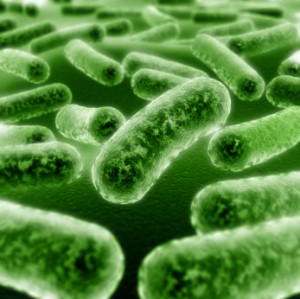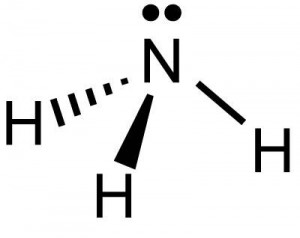The Natural Aquatic Life Cycle
Published by Dan on Aug 7th 2018
Adding
beneficial bacteria is essential for the pond and seeding of pond
filters. Once established the bacteria lives by eating fish waste and
other organic matter in the pond. Bacteria converts ammonia into
nitrites which are then converted into nitrates. This process known as
the Nitrogen Cycle is an important part of water maintenance. It is
essential to the health of your pond inhabitants.
The Natural Aquatic Life Cycle
While many owners may view using bacteria as an unusual way to purify their water, it is actually the most natural way to do it. That is how nature cleans the environment. Ultimately all waste products in the environment have to be recycled back to the biosphere and bacteria are nature’s recyclers.
The most important of these cycles from the standpoint of a pond is the Nitrogen Cycle. A simplified depiction of the cycle is shown on the right. One of the common by-products of protein breakdown, like the protein in fish food, is ammonia. This ammonia can be toxic to fish and other aquatic life in concentrations as low as 1.0 mg/L depending on the pH. The fish emits ammonia through their gills and majority of the ammonia in the pond can be traced to this source. Some can also be traced to the breakdown of uneaten fish food and plant material.
When a pond is conditioned or capable of cycling, it means that the necessary bacteria have been developed to convert the ammonia to nitrite and, subsequently, nitrate. In many ponds this nitrite can accumulate and provide nutrients for unwanted plant growth. Beneficial bacteria allow your pond to take the nitrogen cycle another step by biologically reducing the nitrate and converting it to nitrogen, which harmlessly is taken up by the aquatic plants. Another of the important natural cycles is the carbon cycle.
All living things comprise primarily carbon. Fish waste contains a carbonaceous component. Much of the sludge that builds up on the bottom of most ponds is organic, which means it is made up of carbon compounds. Aqua-One and Microbe-Lift Sludge Remover breaks down this sludge keeping most ponds clean and sludge free.

Beneficial Bacteria Can Help Reduce Pond Maintenance
Beneficial pond bacteria is very important to a proper functioning pond ecosystem. It lives on various surfaces in your pond and thrives in biological filter medias and gravel.
Why do you want beneficial bacteria in your pond? Well the bacteria's job in a backyard pond ecosystem is to convert waste (such as fish waste) and dead debris (leaves/sticks) into usable nutrients by completing the nitrogen cycle.
If your pond was designed to be a living ecosystem and was correctly engineered...why do you need to add beneficial bacteria? Well, adding bacteria to your water garden will help shorten its natural process in order to make the enclosed ecosystem safe for fish as soon as possible and give you a better looking pond with clearer and cleaner water.
Another reason is that most people feed their koi fish too much and this creates excess fish waste that loads the pond with nutrients that make the water quality suffer. With regular additions of beneficial bacteria your pond will be able to convert more of the excess nutrients and the debris will not rot inside the pond.
Difference Between Liquid and Dry Beneficial Pond Bacteria Treatments
Both beneficial bacteria work the same way but liquid bacteria is better than dry bacteria when jump starting a new pond that was just built or when a pond is overstocked with fish and ammonia is a problem. Using the dry bacteria for routine water treatments will give you good results and save you some money over liquid bacteria. It just takes a little longer to get going then liquid beneficial bacteria. Which is why we recommend using the liquid bacteria first and then switching to the dry bacteria for regular water treatments.

pH
It is the best for most ponds to have pH in the range of 7.6 to 8.5. While many ponds operate outside this range, it isn’t the best condition for the aquatic life. In certain areas of the country the pH can be naturally lower or higher, depending on certain environmental conditions. If the pH is too low, it may be difficult to establish nitrification. When adjusting pH, it should be done gradually.

